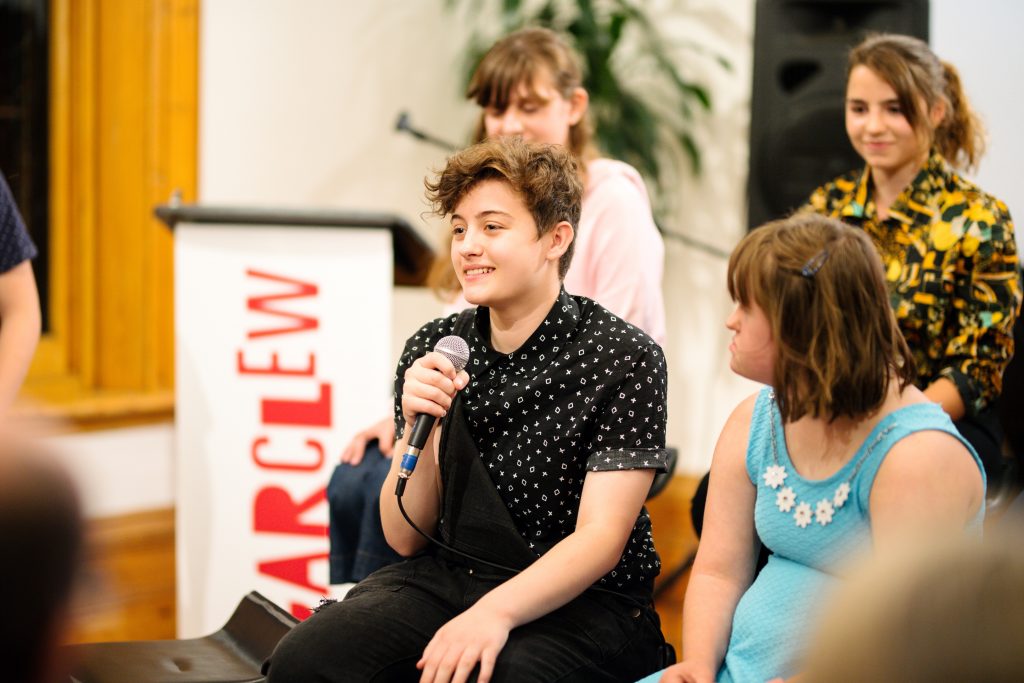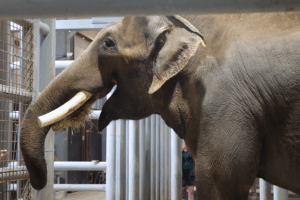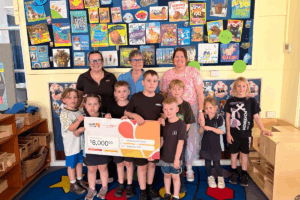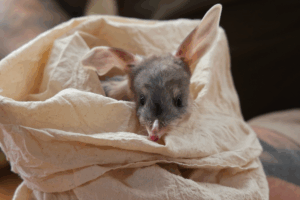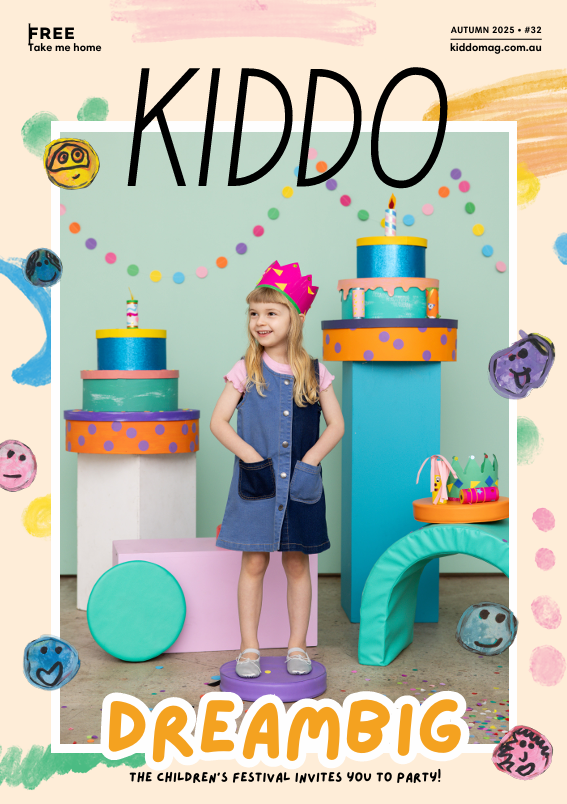Young people don’t usually have the chance to be directly involved in allocating public funding to projects about which they are passionate. This kind of decision-making is usually put in the hands of adult administrators who are qualified to ensure the process runs transparently, appropriately and is accountable throughout.
I’ve seen firsthand, how if we’re prepared to be bold and trust in our young people, they can do almost anything we ask of them. When I brainstormed with Carclew and landed on the idea of handing a group of young people $10,000 in public arts funding to distribute on the community’s behalf, I knew it was a rare opportunity to demonstrate this capacity, and that we were onto a good thing.
The Carclew Futures project saw 10 young South Australians between the ages of 12 and 15 learn the skills of public arts grant funding, supported by experts in this field. Not only were they required to decide which artists would get these funds and for which projects, they also had to define the criteria for their assessment and apply it to the 17 applications they received, including settling any differences of opinion there were amongst them to ensure a consensus was reached.
At the project debrief I asked the young people involved to reflect on their personal experiences. They told me the thing they wanted to remember most was ‘how amazing it feels when you’re doing something you are passionate about’. Being ‘outside their comfort zone and finding the courage to try new things along the way’ were great things to learn. They were ‘confused about the budgeting side of things at first’ and ‘why the hierarchy of the group was the way it was’ but later ‘saw how this organisational structure worked well’. They learnt ‘how to be more confident’, ‘how to speak up when they are a little unsure’ and ‘how to take calculated risks that can persuade others to their own point of view’.
The young panel decided on the artworks of two local artists, sharing the grant funds equally between then. Fourteen year old Charlee Watt received $5,000 for a large portable backdrop for youth events and indigenous gatherings in her home town of Port Lincoln, and Chad Spencer received $5000 for a hay shed mural along the Mount Compass to Goolwa Road, taking advantage of the stunning rural backdrop this scenery provides.
Real artists with real projects selected by a group of young South Australians given full autonomy to do so. What better way to up-skill young people than by creating actual opportunities in arts administration that will help nurture and retain their creative talent right here!
If you’re a child, young person or parent with ideas on what you think I should be doing to make things better for the lives of kids in SA, please send me an email at CommissionerCYP@sa.gov.au

– Helen Connolly, Commissioner for Children and Young People
